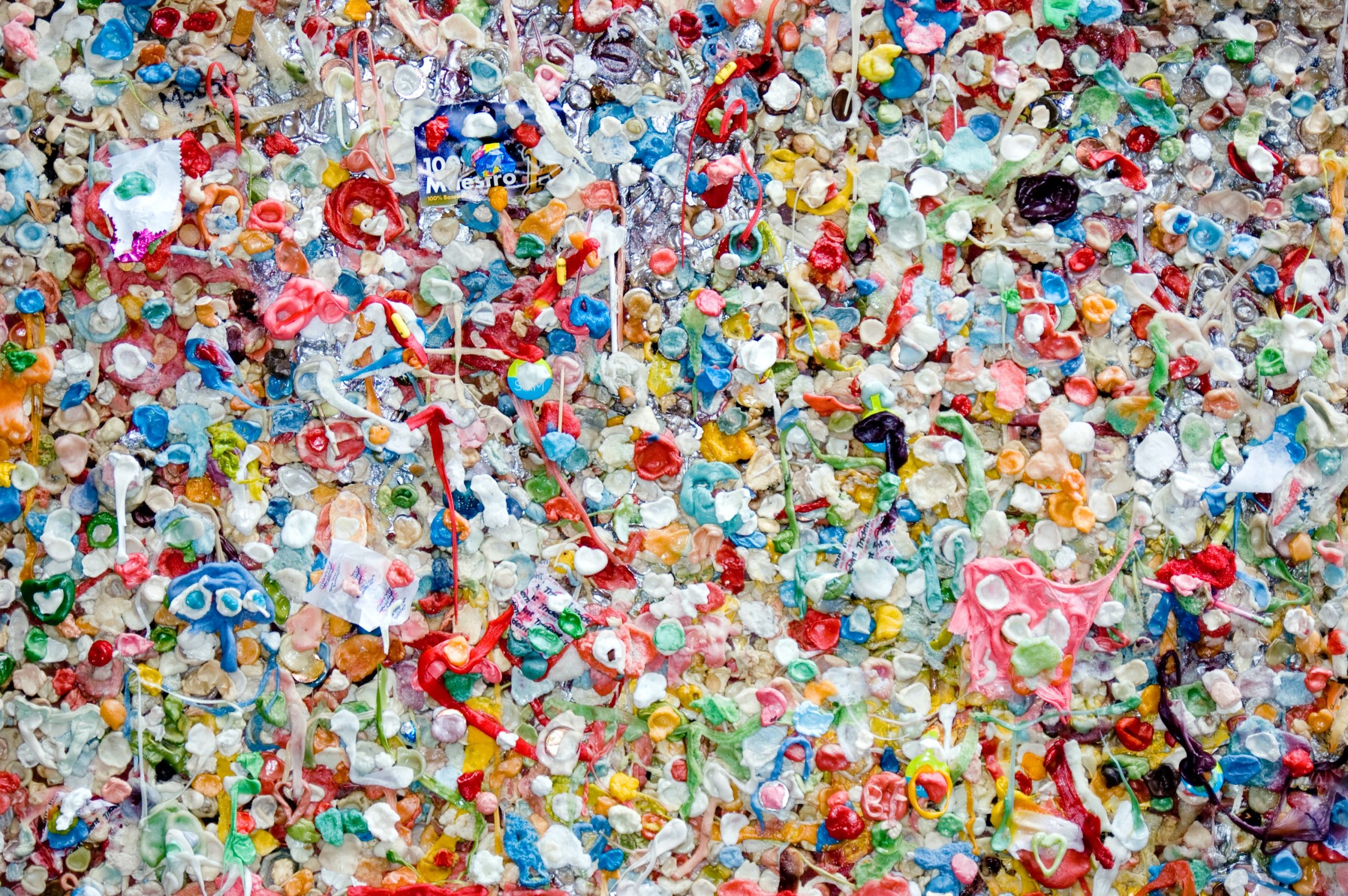Plastic pollution has become a significant problem worldwide. It is not only a threat to our environment but also to the wildlife that lives in it. In recent years, there has been an alarming discovery of a new disease called plasticosis, caused by plastics. The disease has been discovered in seabirds, and it is likely to have devastating effects on wildlife. In this article, we will explore what plasticosis is, how it affects wildlife, and what we can do to prevent it.
Table of Contents
ToggleWhat is Plasticosis?
Plasticosis is a new disease caused by plastics. It is a term used to describe the toxic effects of plastics on wildlife. It is characterized by the accumulation of plastics in the bodies of animals, leading to a range of health problems. The disease is caused by the ingestion of plastics, either directly or indirectly, through the consumption of contaminated prey.
Effects of Plasticosis on Wildlife
The effects of plasticosis on wildlife are devastating. When animals consume plastics, the plastic particles accumulate in their bodies, causing a range of health problems. The accumulation of plastics in the digestive tract can lead to blockages, which can cause death by starvation. The plastics can also release toxins into the body, causing poisoning and other health problems.The effects of plasticosis are particularly pronounced in seabirds. These birds are at high risk of ingesting plastics due to their feeding habits. They dive into the ocean to catch fish and other prey, which often contain plastics. Ingestion of plastics can cause significant harm to seabirds, including reduced reproductive success and increased mortality rates.
Preventing Plasticosis
Preventing plasticosis requires a concerted effort from individuals, businesses, and governments worldwide. The following are some of the measures that can be taken to prevent plasticosis:
Reduce the use of plastics: The most effective way to prevent plasticosis is to reduce the use of plastics. Individuals can reduce their plastic use by carrying reusable bags, bottles, and containers. Businesses can also reduce their plastic use by using eco-friendly alternatives.
Proper disposal of plastics: Proper disposal of plastics is critical in preventing plasticosis. Plastics should be disposed of in designated recycling bins or incinerators.
Education and awareness: Education and awareness campaigns can help raise awareness about the dangers of plastic pollution and the need to reduce plastic use.
Government regulations: Governments can play a significant role in preventing plasticosis by implementing regulations and policies to reduce plastic use and promote sustainable alternatives.
Conclusion
Plasticosis is a new disease caused by plastics that is having devastating effects on wildlife, particularly seabirds. The disease is caused by the ingestion of plastics, which can lead to blockages, poisoning, and other health problems. Preventing plasticosis requires a concerted effort from individuals, businesses, and governments worldwide. Measures such as reducing plastic use, proper disposal of plastics, education and awareness campaigns, and government regulations can help prevent plasticosis and reduce the impact of plastic pollution on wildlife. It is crucial that we act now to protect our environment and the wildlife that lives in it.







